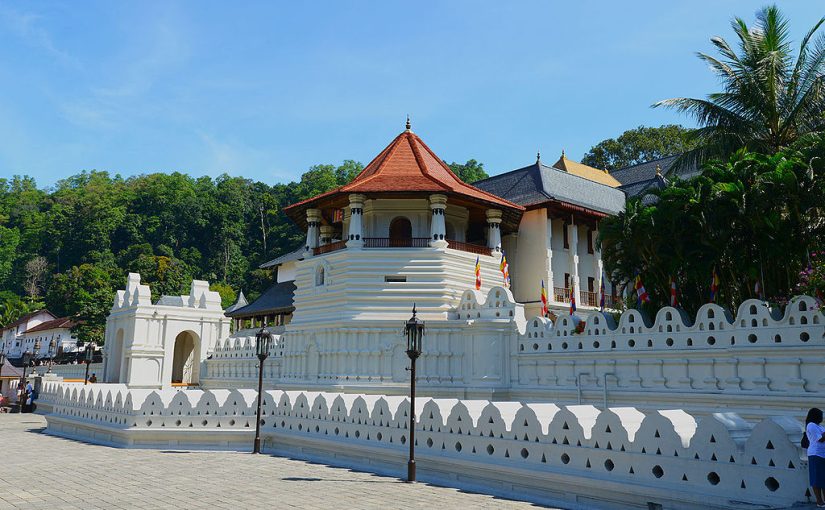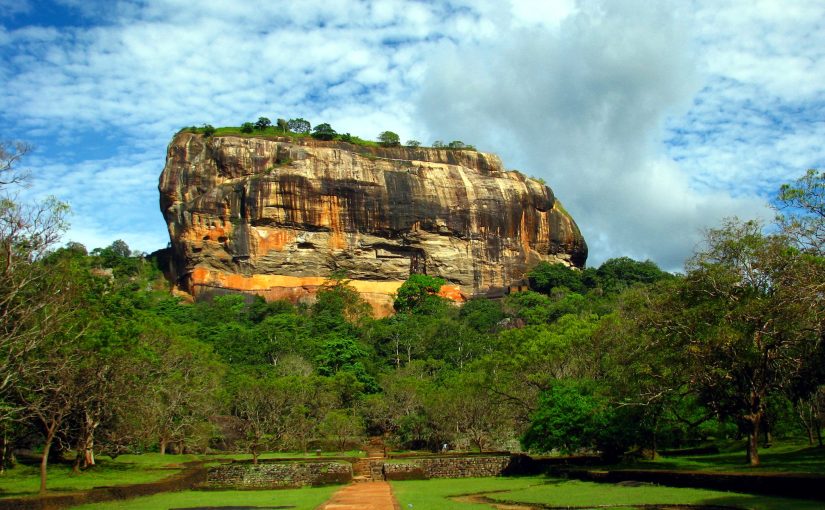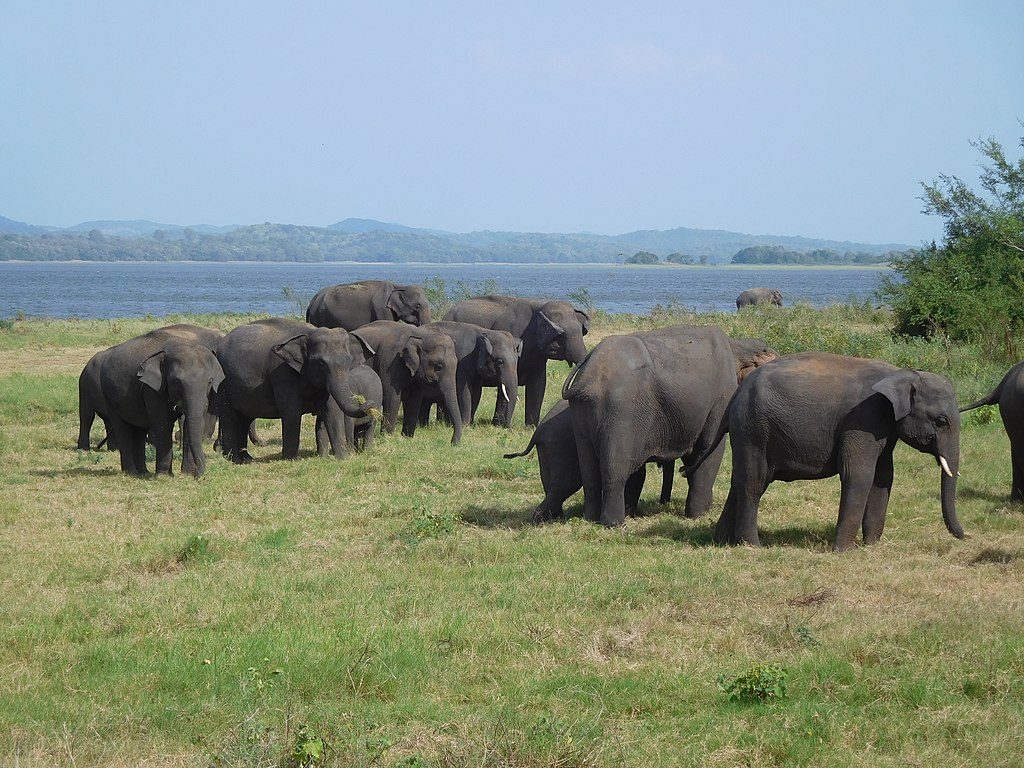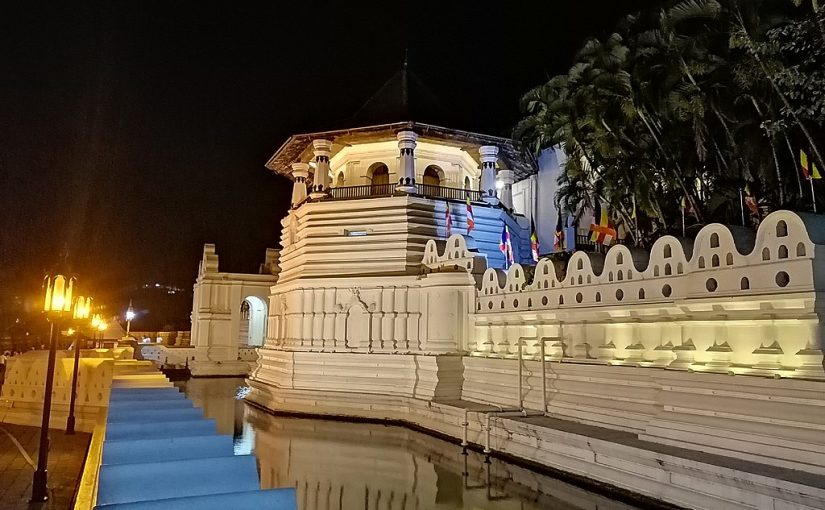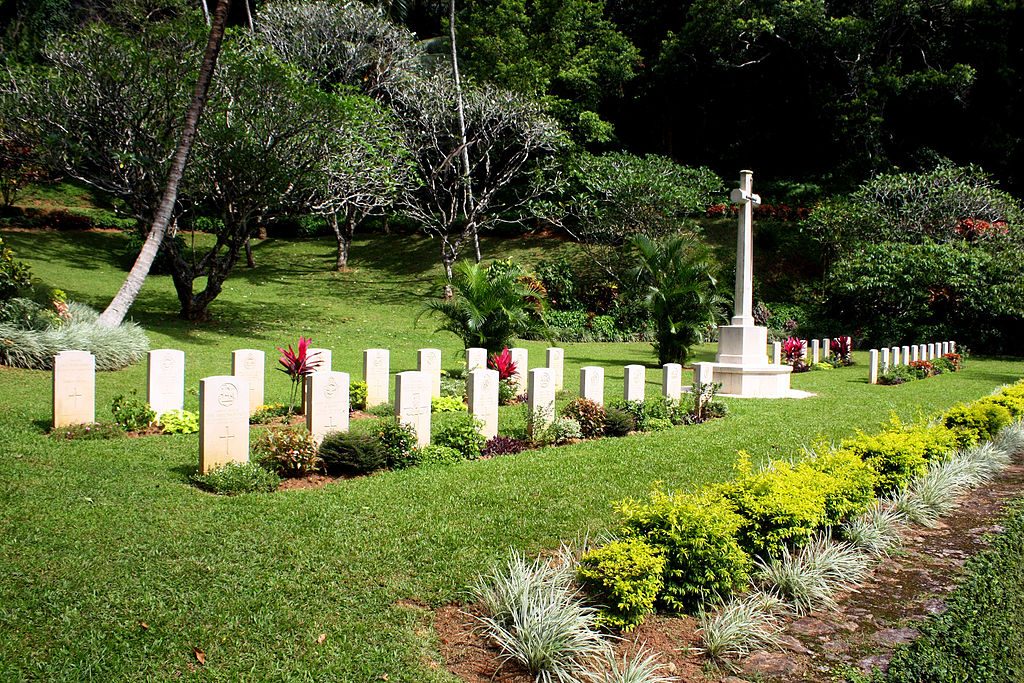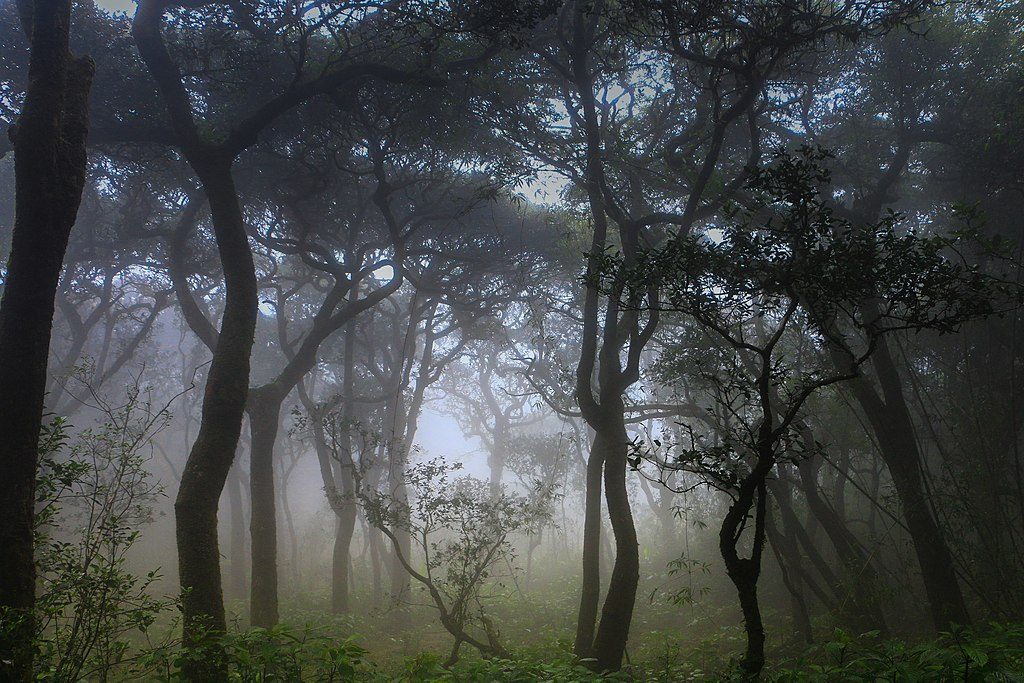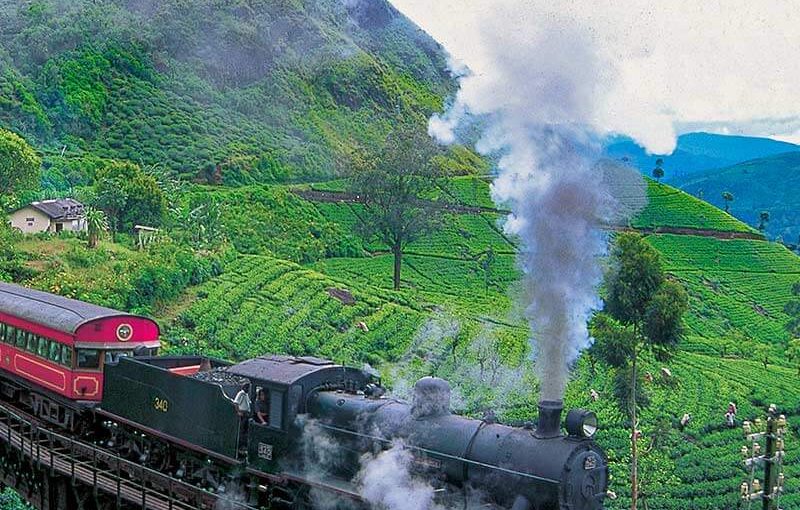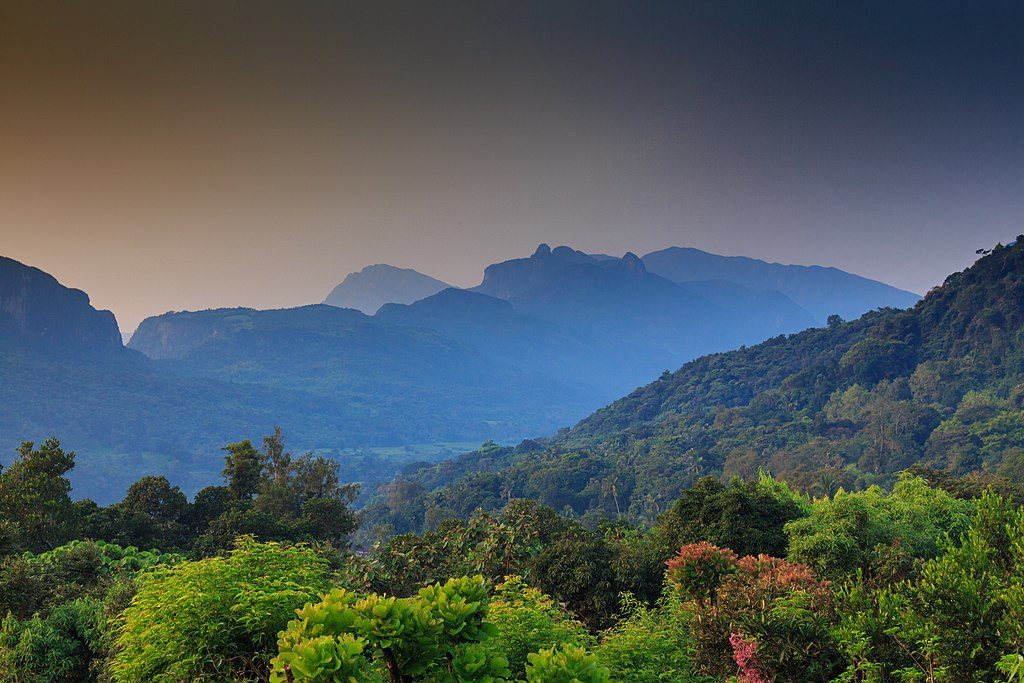A popular day-trip destination for all, Kandy is not only home to the Temple of the Tooth but some of Sri Lanka’s top cultural highlights. Here’s why this hill station is deemed the cultural heart of the island.
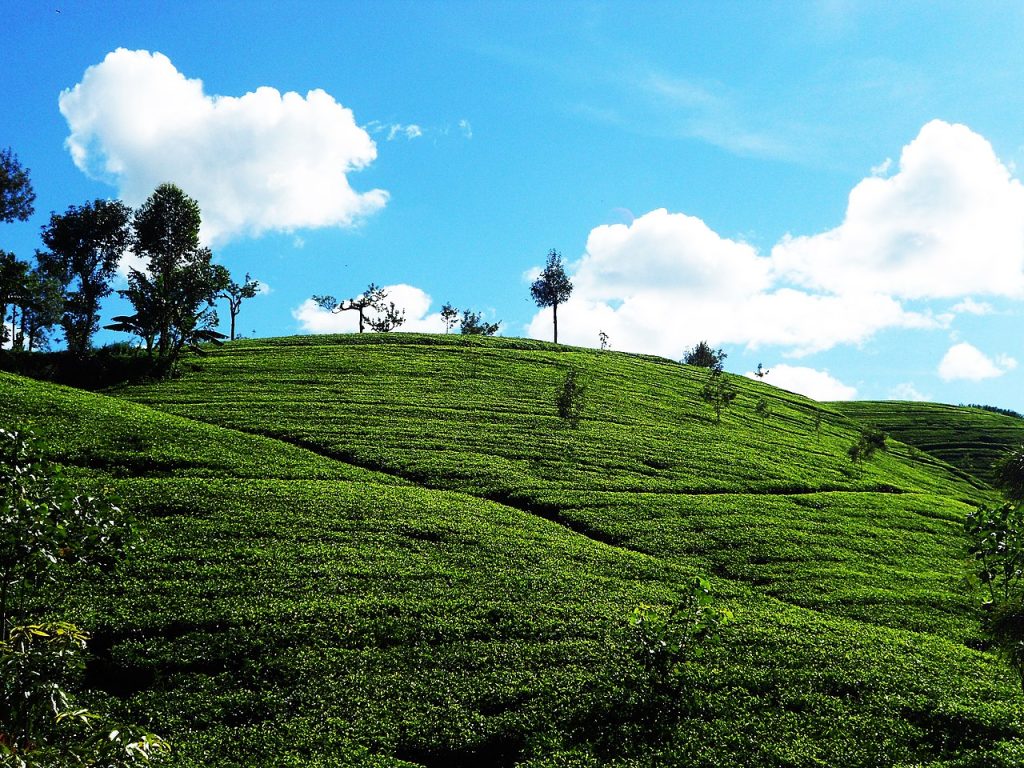
The Temple of the Tooth
The main reason why Kandy is dubbed the cultural epicentre of Sri Lanka is that it is where the Temple of the Tooth is located. The sacred dental remains of Lord Buddha are contained within this iconic shrine, which was named a UNESCO World Heritage Site decades ago.
Historic Kandy Lake
Although most visitors know that enjoying a boat ride on Kandy Lake is one of the top things to do in Kandy, few are aware of the legacy of this manmade body of water. Having been the execution site for many Sri Lankan nobles during British colonial rule, Kandy Lake is most infamously connected with the beheading of local hero Madduma Bandara and his family.
Tea Country
Whether you are based at the Hunas Falls Hotel Kandy or any other rest, a tour of the tea estates and factories surrounding the city will illustrate how it is a prime tea-producing region in Sri Lanka. World-famous Ceylon Tea is linked with the plantations and colonial-era tea factories that still function today and form a part of the hillside’s tea country.
Kandyan Dance and Drumming Heritage
As a dance tradition that differs significantly from the island’s southern dance school, Kandyan dance and drumming techniques date back centuries and have been preserved by local artists.
